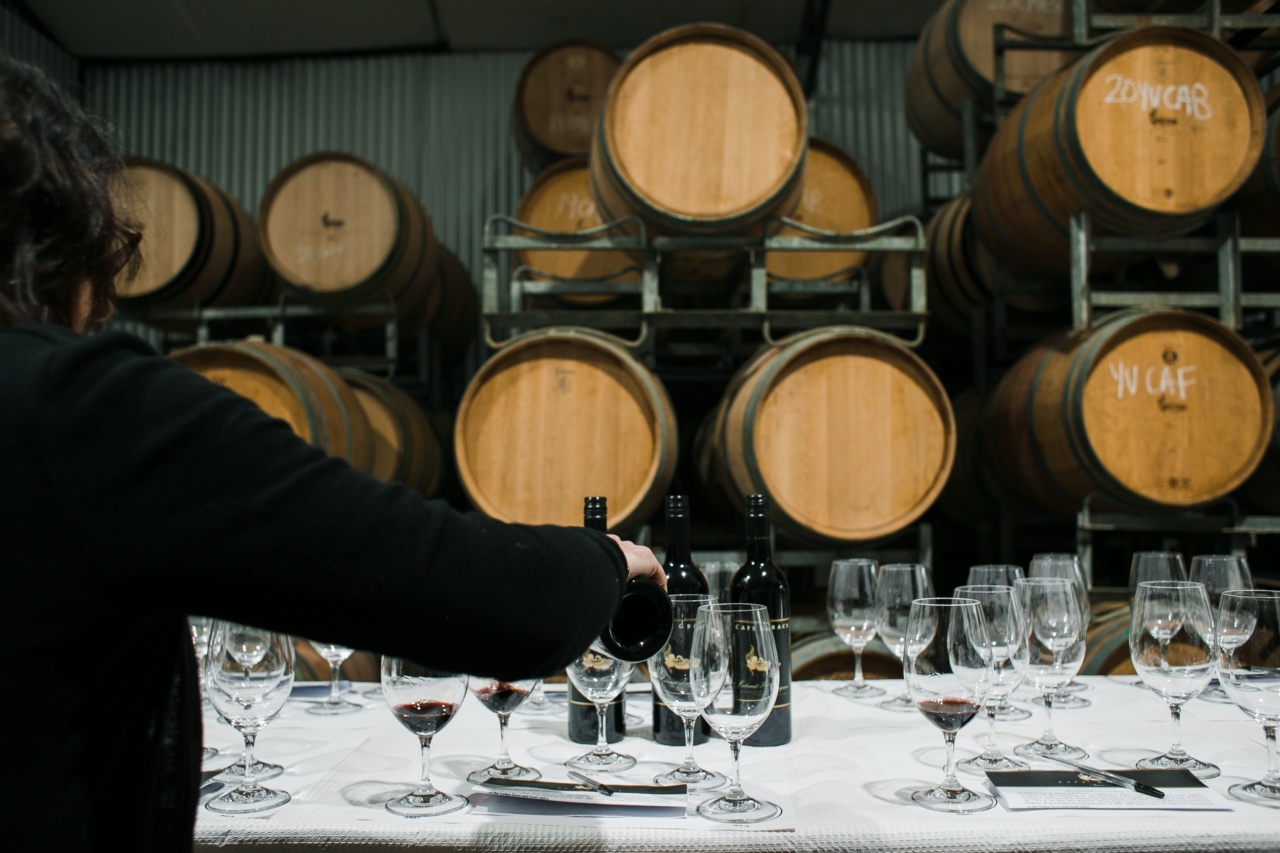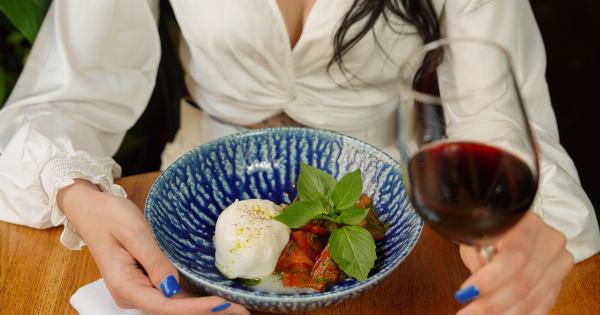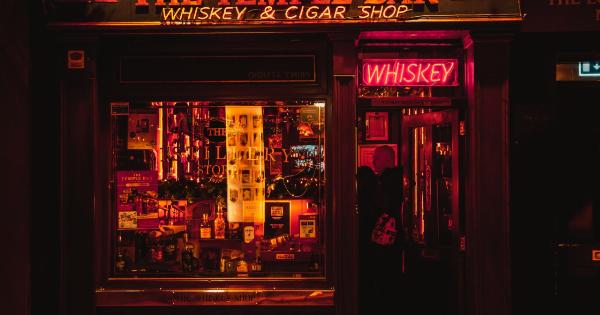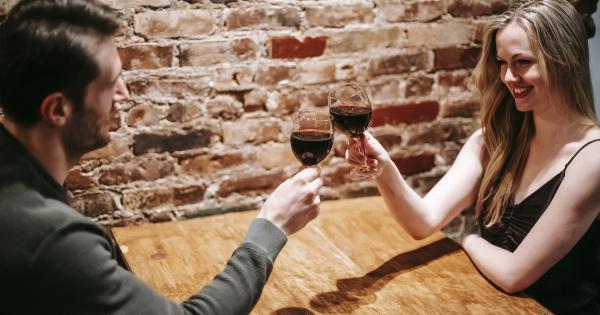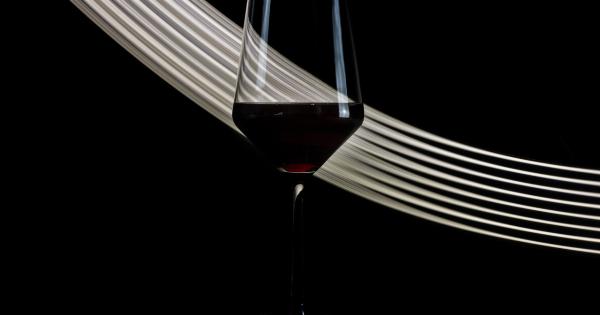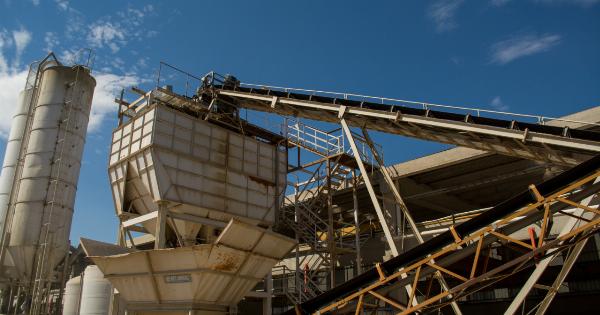Wine is not just a drink, it is an experience.
The older the wine, the finer the flavor, many wine experts believe that the wine grape is just a fruit, but the magic that happens when it is transformed into wine, is a mystery that has been explored for centuries.
How wine ages
Wine aging is a complex process, and it is a natural process that takes place in the bottle. When wine is bottled, it is still alive and continues to develop over time.
Wine is a complex mixture of various organic and inorganic compounds that have a vast range of chemical reactions that happen when they come in contact with each other. These compounds degrade over time, but practically all wines will improve with aging.
The science behind aging wine
The process of aging wine is not just a matter of time, but it is also influenced by several factors. Oxygen is an essential factor; it plays a crucial role in winemaking.
All wines are oxygen-sensitive, and with time, oxygen diffuses into the wine through the porous cork, which causes a series of chemical changes that contribute to the wine’s characteristic flavor. Oxygen is also essential because it helps to develop the wine’s tannins through polymerization and increases the concentration of organic acids.
The benefits of aging wine
The benefits of aging wine surpassed its cost, from the complexity of flavors to softer tannins and improved mouthfeel, the experience of drinking a well-aged wine is something that cannot be matched by any other wine.
The wine’s color also changes as a result of aging wine; the red wine can turn to reddish-brown over time, while the white wine turns darker like golden honey. The aroma and flavor develop in wine because of the complex chemical reactions that happen during aging, which produces rich, complex flavors like oak, vanilla, and spices.
The perfect wine for aging
Not all wines are created equal, and not all wine is meant for aging. Usually, high-quality wines are the ones that can benefit from aging; they have an excellent balance of tannins, acidity, and fruit.
These wines can age gracefully and develop the complexity and depth of flavor over time. Wines like Pinot Noir, Cabernet Sauvignon, Burgundy, and Brunello di Montalcino, to mention a few, all have potential for aging.
The art of storing wine
Wine should be stored with care; temperature and light are two essential factors in wine storage. It is essential to keep the wine at the perfect temperature, between 55 to 59 degrees F, to prevent it from aging too quickly or at risk of spoilage.
Light is also an essential factor that can impact the wine. Light can cause a chemical reaction that can produce some unpleasant tastes and smells, that’s why it is best to store wine in a dark environment or a wine cellar.
When to drink aged wine
Most of the aged wine is ready to drink, and they are at the peak of their maturity. Drinking aged wine is an experience that should be savor, it is best enjoyed with friends over a meal and good conversation.
However, some experts believe that not all aged wine are meant to be drunk, and there are wines that can age for many years and still develop their complexity of flavor.
Conclusion
Wine aging is a complex process, and it is a natural process that takes place in the bottle. The older the wine, the finer the flavor; it is a saying that rings true in the world of wine.
The process of aging wine is not just about time; it is also influenced by various factors like temperature, light, and humidity. The benefits of aging wine surpass its cost, from the complexity of flavors to the softer tannins, and improved mouthfeel; the experience of drinking a well-aged wine is something that cannot be matched by any other wine.
